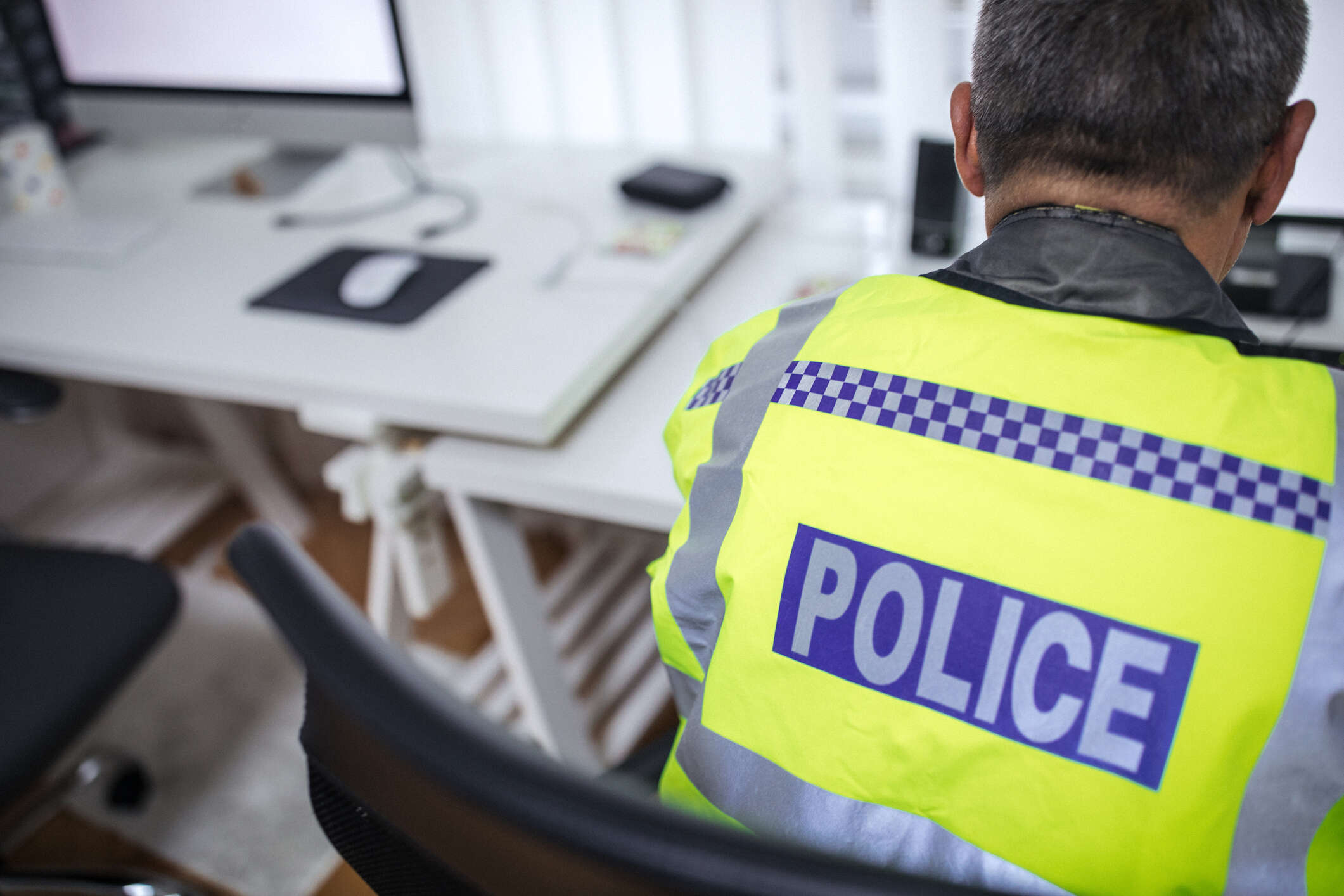
The United Kingdom is one of the safest countries for internet users, according to a new report by cybersecurity start-up SEON. With a score of 8.44 out of ten, the UK ranks fifth in SEON’s Global Cyber-Safety Index, behind Denmark, Germany, the US and Norway. The index combines five cybersecurity indices to measure the level of cyber protection enjoyed by users and organisations across 95 countries.
How safe is the UK from cybercrime?
The UK’s best score is in the UN’s Global Cybersecurity Index 2020, in which it comes second behind the US. The UN index ranks countries based on five indicators: legal, technical, organisational and cooperative measures, and capacity development. The UK hits a perfect score in all ITU indicators except Technical Measures, where it gets 19.54 out of 20.
For the other indices, the UK sits around the middle of the top ten for cybercrime. It ranks fifth in the National Cyber Security Index (NCSI), a study of countries' level of cybersecurity, preparedness to prevent cyber threats and readiness to manage cyber incidents and crises, backed by the Estonian Development Cooperation and the Estonia-based e-Governance Academy Foundation. The NCSI found that the UK's cybersecurity score (77.92) lags behind its digital development level (81.39), which in turn is based on two indices: the UN's ICT Development Index and the Network Readiness Index, originally launched by the World Economic Forum.
While the UK scores high on topics such as the central government's capacity to analyse cyber threats, its personal data protection capabilities and its ability to fight cybercrime (all at 100%), London ranks low on digital services protection and cyber crisis management (both at 20%). According to the NCSI, its unconvincing score in these categories is due to the lack of a cybersecurity standard for the public sector, lack of a competent supervisory authority for the protection of the digital services sector, lack of a cyber crisis management plan and non-participation in national and international cyber crisis exercises.
How does the UK stack up for cybercrime involving money laundering and terrorism funding?
Another indicator used in the SEON index is the Basel AML Index, which measures the risk of money laundering and terrorist financing in 141 countries. With a lower ranking meaning lower risk, the UK ranks among the safest countries, ranking 112th globally and 17th out of 32 European countries.
However, According to the Basel Institute on Governance, which maintains the AML index, the high levels of financial secrecy in the UK, Switzerland, Luxembourg and the Netherlands undermine these countries' efforts to fight money laundering and terrorism financing. The report also notes that the US has listed the UK as a major money-laundering destination, along with Belgium, Cyprus, Malta, the Netherlands and Spain.
How safe are UK internet users from cybercrime?
While most of the indicators used in the SEON index focus on cyber defence and preparedness on government level and the degree of cyber threat facing organisations, the Cybersecurity Exposure Index 2020, created by password security software provider PasswordManagers.co, measures the level of cyber risk for individual users. With a score of 0.207 out of 1, internet users in the UK face the 13th lowest level of cyber risk globally and 8th lowest in Europe, which is the least exposed region. Finland, Denmark and Luxembourg lead both Europe and the World in low exposure, defined as the extent to which risks ranging from ransomware to unauthorised cryptocurrency mining can affect users against the level of cybersecurity commitment by each country. Afghanistan, Myanmar and Ethiopia rank as the most exposed countries globally.
Aside from assessing the cyber risk environment and the technical capacity to counter virtual threats, the SEON Global Cyber-Safety Index evaluates countries by the level of their commitment to guarantee cybersecurity through legislation. To do that, SEON used data from the Global Cyber Strategies Index by the Washington-based Center for Strategic and International Studies (CSIS). While the CSIS index does not feature a ranking, SEON built upon the enacted and proposed legislation included in it to create a ranking of its own. The UK is tied for the 18th position globally, with three separate pieces of legislation regulating the handling of personal data.
It is worth noting, however, that the existence of cyber regulations does not necessarily mean better cyber protection for individual users and organisations as SEON's Cyber Legislation Rating puts Russia at the top with 19 points, and China is tied for the third spot with Germany. Both Russia and China have been accused of sponsoring cyberattacks against critical infrastructure targets in the West and a recent Microsoft report claims that 58% of all cyberattacks from nation-states observed by the company in the past year have originated from Russia, followed by North Korea, Iran and China.
Which countries are the least safe from cybercrime?
While the countries at the top of the SEON index enjoy varying but good levels of protection in the form of cyber capabilities and legislation, the ones at the bottom share a common trait – all of them have high levels of individual exposure to cyber risk. Myanmar, Cambodia and Honduras occupy the three bottom positions of the Global Cyber-Safety Index and six of the ten worst-scoring countries also rank among the bottom 50 countries and territories of the Freedom in the World 2021 Index by Freedom House, which measures political rights and civil liberties. Out of the bottom ten countries in the SEON index, Mongolia is the only one classified as 'Free' by Freedom House.
What are the most common cybersecurity threats?
The SEON report complements its findings with data on the most common types of cybercrime in the United States, which ranks third in its index. According to the Internet Crime Complaints Center (known as IC3) at the Federal Bureau of Investigation, phishing and pharming attacks accounted for the bulk of cybercrime in 2020 (32.96%), followed by non-payment and non-delivery fraud (14.87%) and extortion, which included ransomware (10.48%). The data refers to the number of complaints reported to the IC3 by victims so it may not reveal the full picture. However, it does reflect the growing importance of countering phishing and ransomware attacks, especially as the latter has increased by 151% in the first half of 2021, from the same period in 2020, according to mid-year SonicWall's Cyber Threat Report.
Home page image by Hirurg / iStock






